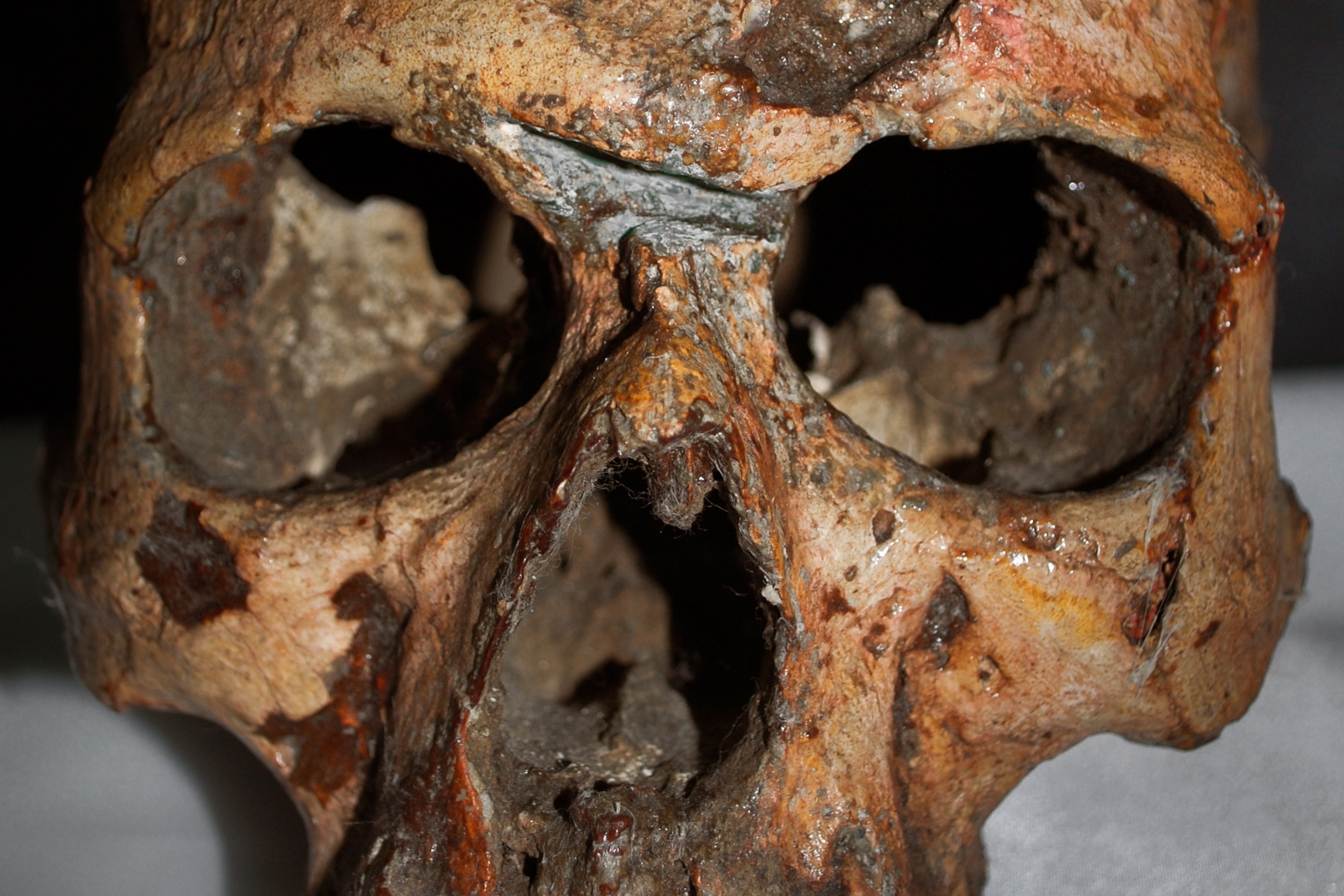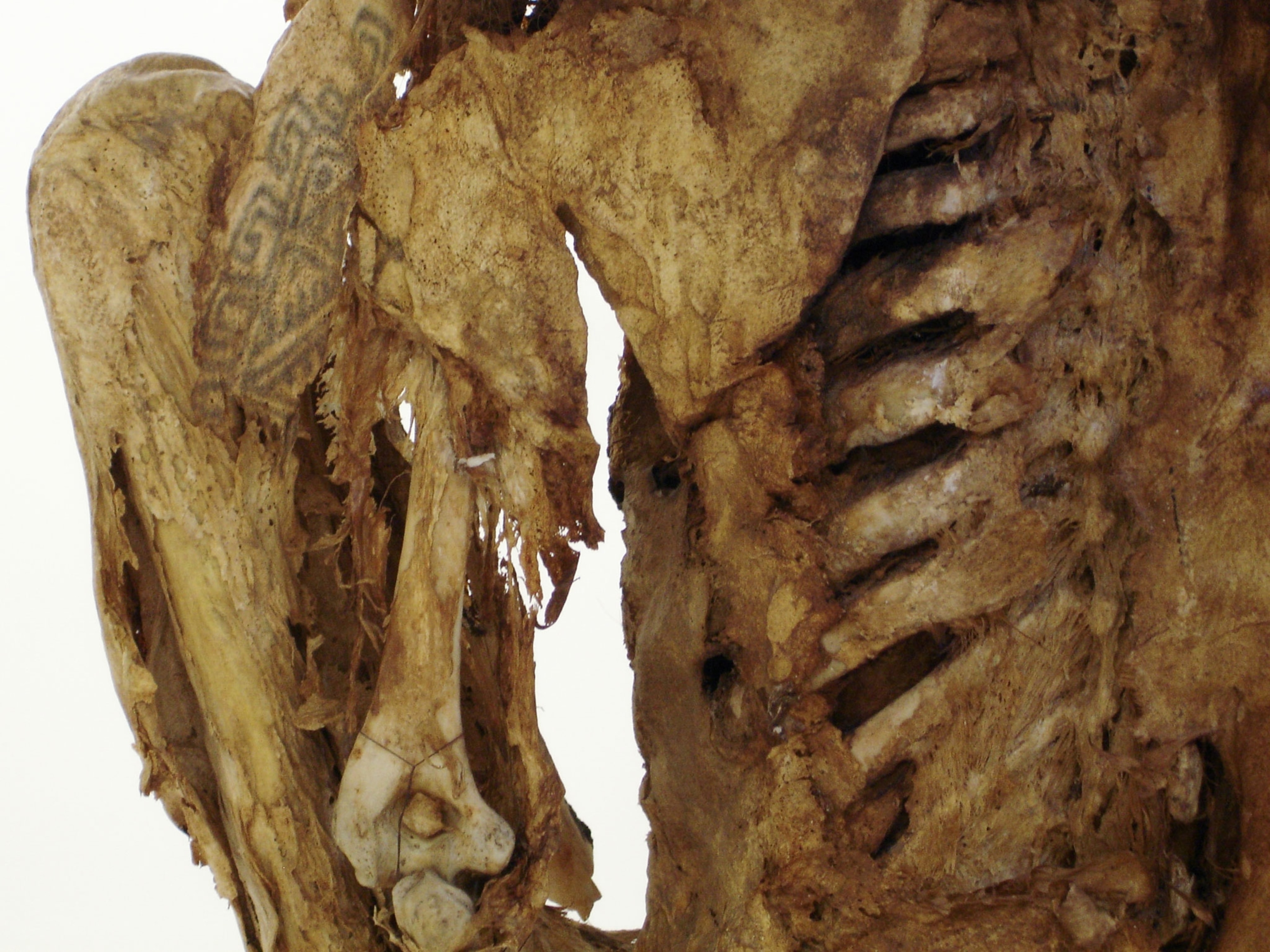
Surprising Discoveries From the Indus Civilization
Archaeologists say the Indus civilization wasn’t nearly as peaceful as popularly thought.
They lived in well-planned cities, made exquisite jewelry, and enjoyed the ancient world's best plumbing. But the people of the sophisticated Indus civilization—which flourished four millennia ago in what is now Pakistan and western India—remain tantalizingly mysterious.
Unable to decipher the Indus script, archaeologists have pored over beads, slivers of pottery, and other artifacts for insights into one of the world's first city-building cultures.
Now scientists are turning to long-silent witnesses: human bones. In two new studies of skeletons from Indus cemeteries, researchers have found intriguing clues to the makeup of one city's population—and hints that the society there was not as peaceful as it has been portrayed.
Peaceful or not, the Indus civilization accomplished great things. At its peak, its settlements spanned an area greater than that of ancient Egypt, a contemporary culture. Indus jewelry was so coveted that examples have been found as far as Mesopotamia, some 1,500 miles (2,500 kilometers) away. Indus cities boasted blocks of houses built on a grid pattern and drains that funneled sewage from homes to dumping grounds outside the city walls.
But who was living in those cities? A new study to be published in the May issue of the Journal of Archaeological Science focuses on Harappa, one of the largest and most powerful Indus centers, with a population of up to 80,000. Researchers examined the chemical composition of teeth from a Harappan cemetery used from roughly 2550 to 2030 B.C. The analysis showed that the city was a cosmopolitan melting pot. Many of the deceased had grown up outside Harappa—the first direct evidence that "individuals were indeed migrating to the city," says University of South Alabama bioarchaeologist Lesley Gregoricka, who was not involved in the study.






